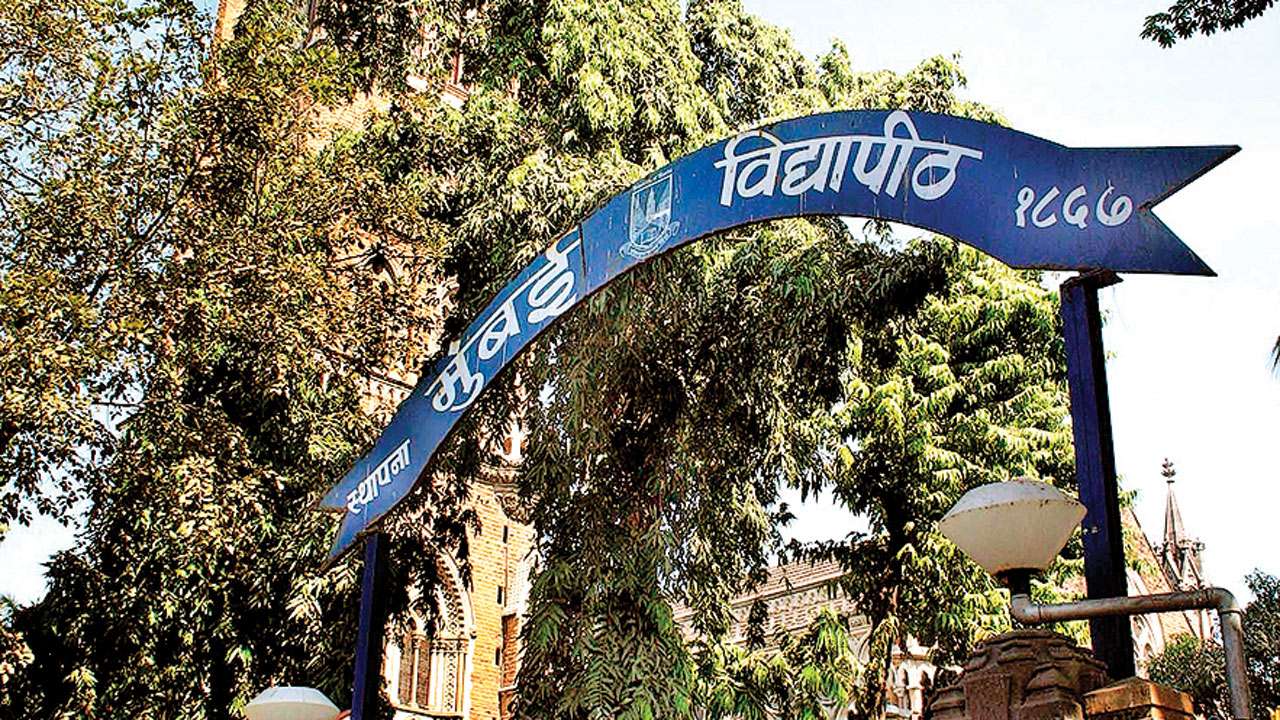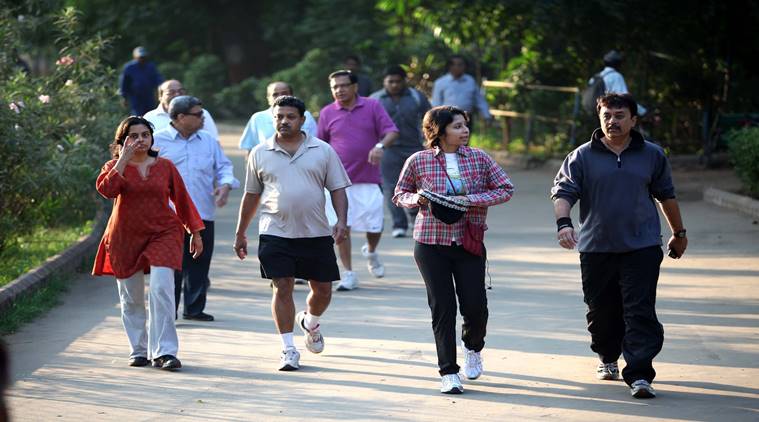A government official said on condition of anonymity that the panel will prepare draft amendments to existing anti-ragging regulations to add ways to curb bullying and also prepare an action plan to implement them.

The University Grants Commission (UGC) plans to form a high-powered panel to suggest norms to curb bullying in colleges and universities and to come up with an implementation plan. (HT FILE)
India may soon have an anti-bullying policy in schools and colleges to combat a menace that is increasingly rearing its head in schools and colleges across India, especially with students from diverse social and economic backgrounds increasingly studying together.
The policy will be framed for colleges first. The University Grants Commission (UGC) plans to form a high-powered panel to suggest norms to curb bullying in colleges and universities and to come up with an implementation plan to put them into practice, according to an order the higher education sector regulator issued recently in this regard.
A government official said on condition of anonymity that the panel will prepare draft amendments to existing anti-ragging regulations to add ways to curb bullying and also prepare an action plan to implement them.
A second official who asked not to be named said the recommendations will also be passed onto the HRD ministry’s school education department for the implementation of the norms in schools.
“The UGC has come up with elaborate regulations as far as ragging is concerned. However, bullying is another problem that silently makes the education experience a nightmarish experience for many,’’ a third ministry official said on condition of anonymity.
Globally 32% of all students aged 13-17 years had been bullied at school in the month preceding the publication of a United Nations Educational, Scientific and Cultural Organisation (UNESCO) report on bullying in February. According to UNESCO, bullying is the most common example of school violence and includes physical, psychological and sexual violence. It found frequently bullied students are nearly three times more likely to feel like outsiders, and are more than twice as likely to miss school.
The Teacher Foundation, a non-profit trust promoting the development of schools and educators in India, studied bullying between 2013 and 2017 across 15 Indian cities and found that 42% students in classes 4-8 and 36% in classes 9-12 reported it.
One of the officials cited above said the decision to form the panel was taken at an inter-council meeting of HRD ministry, UGC, Central Board of Secondary Education and National Council of Educational Research and Training (NCERT) and other officials in May this year.
According to the order cited above, UGC chairman D P Singh has formed the panel under the leadership of Sushma Yadav, who is a UGC member and Sonepat’s BPS Mahila Vishwavidyalaya vice-chancellor.
HT has accessed a copy of the order, which said the panel would include representatives from NCERT, CBSE, HRD ministry and All India Council for Technical Education.
The third official cited above said ragging is an issue that emerges at the time of admissions in colleges, but bullying, while invisible sometimes, is as prevalent a problem, and probably not even time-specific.
“Moreover, apart from a senior student intimidating junior ones, there can be issues which are region-specific or are linked with social realities. The committee will examine the issue of bullying from all aspects,” the official said.
“Though at the Higher Education admission stage the UGC has very stringent anti Ragging Regulation the same is missing at the school level. It is a well known fact that some senior school students are great bullies. School students are in a very wide age spectrum. They enjoy sadistic pleasure in harassing their juniors which are far younger than them. Therefore this UGC initiative is very timely,” said eminent educationist Prof Inder Mohan Kapahy.
 The University Grants Commission (UGC) plans to form a high-powered panel to suggest norms to curb bullying in colleges and universities and to come up with an implementation plan. (HT FILE)
The University Grants Commission (UGC) plans to form a high-powered panel to suggest norms to curb bullying in colleges and universities and to come up with an implementation plan. (HT FILE)
 The higher education institutes plan to include fitness in the curriculum. (Express Photo By Bhupindra Rana/ Representational image)
The higher education institutes plan to include fitness in the curriculum. (Express Photo By Bhupindra Rana/ Representational image)

